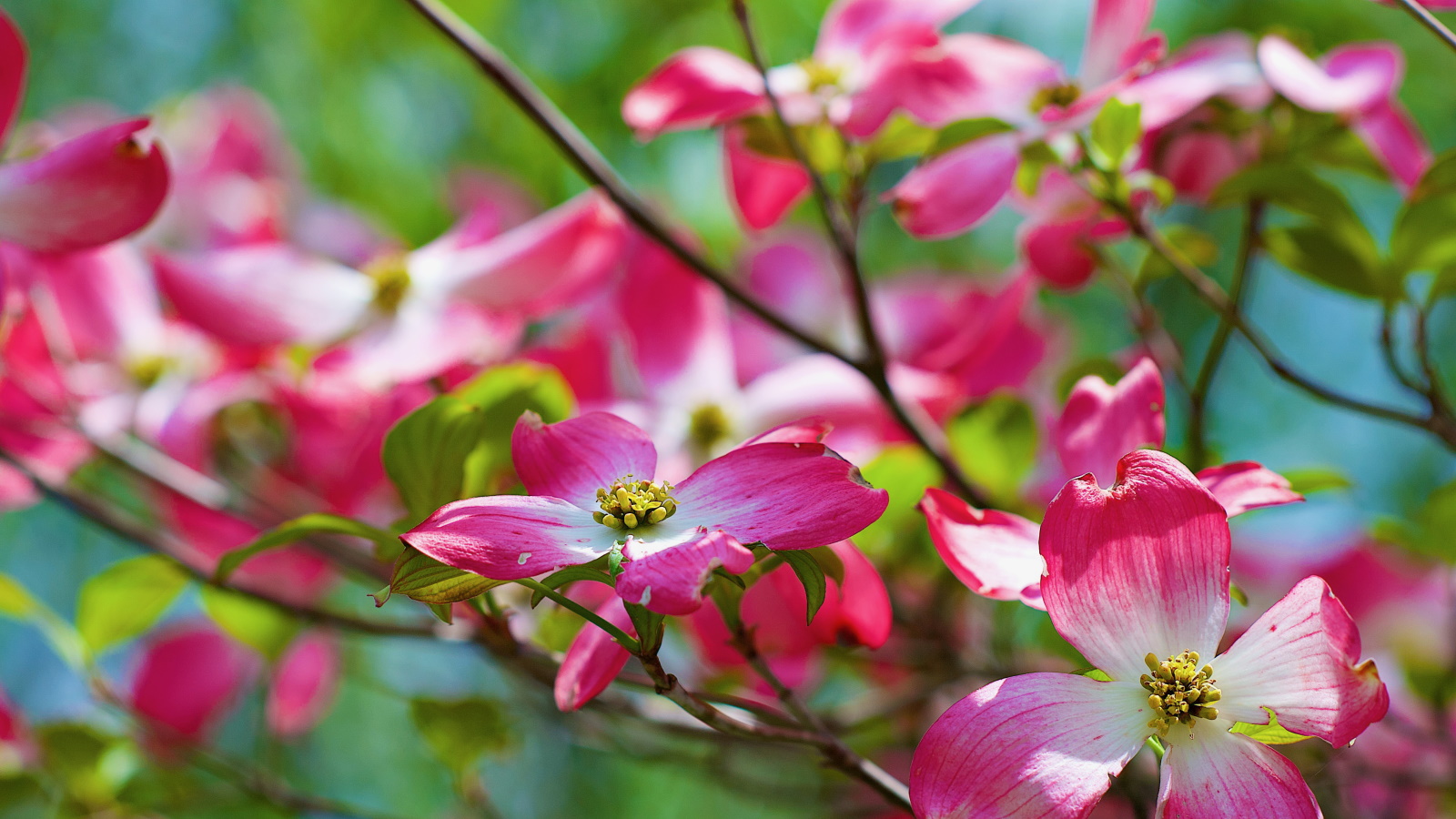
Dogwoods are not often thought of as trees or shrubs that are well suited for pot or container growing. However, certain varieties can be grown in pots.
Dogwood shrubs and trees can add impact to any space, regardless of size. What's more, dogwoods have great seasonal interest. In spring, they produce beautiful blooms, before berries emergy in the summer. And, in fall, the foliage of the dogwood tree illuminates backyards with yellow, orange and red leaves that slowly drop towards the end of the year.
While they may not be typically thought of as one of the best trees to grow in pots, more gardeners should consider native dogwood trees when planting up containers in their backyard.
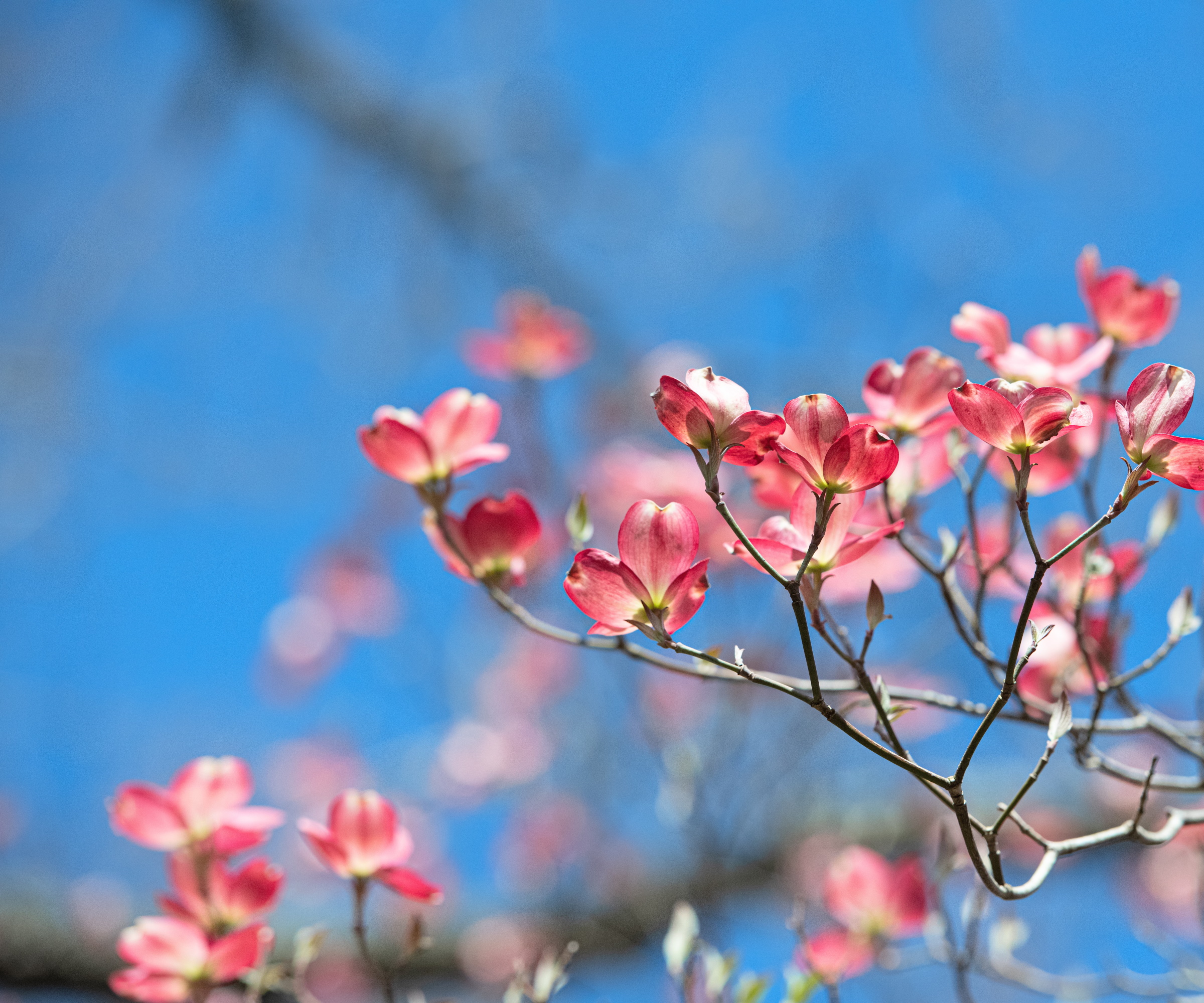
Growing flowering dogwood trees in pots
While not typically grown in pots, it is possible to plant specific flowering dogwood trees in containers. By following a few simple rules, gardeners with small backyards, balconies or terraces can easily grow beautiful and floriferous dogwood trees in pots.
Can you grow a flowering dogwood in a container?
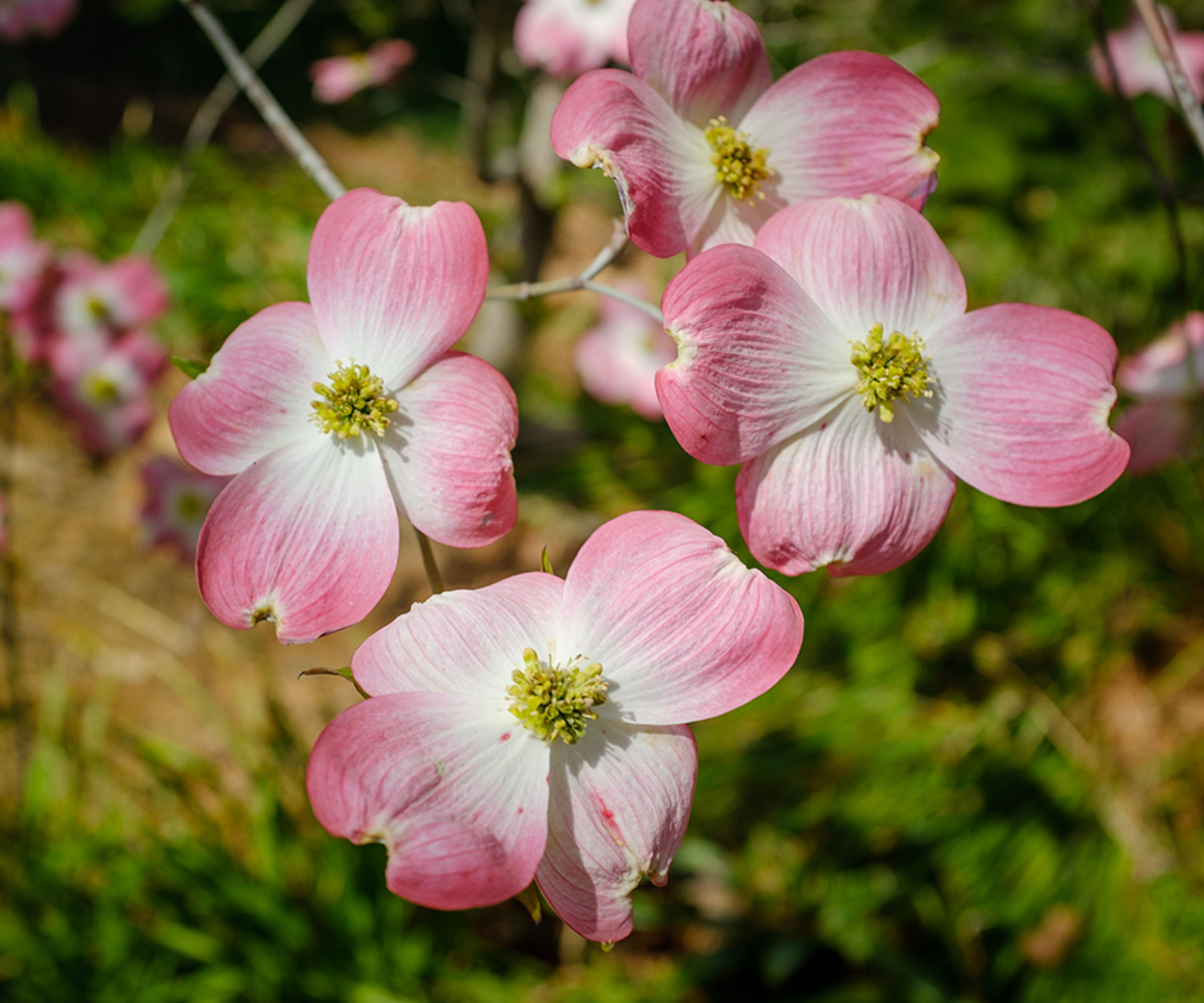
Flowering dogwoods are not typically grown in containers, but it is possible to do so. Certain varieties are more suited to growing in containers than others, with smaller or dwarf varieties an ideal option.
'Many standard flowering dogwood trees would likely not be a good option for a small backyard, as they can get as big as 30 feet,' says Jacob Resor, plant expert and Director of Horticulture at the Knoxville Botanical Garden and Arboretum, in East Tennessee.
'Red pygmy is a dwarf variety that grows to about 7 feet tall that may work for smaller spaces, as long as it gets adequate light,' Jacob adds. 'Some may be tempted to plant a standard-size flowering dogwood and prune it to keep it a smaller size, but this is risky. Frequent pruning stresses the tree and makes it more susceptible to disease.'
Gardeners should also consider how to grow bunchberry dogwood, Cornus canadensis, which is a 'great choice for a small area,' Jacob says. This groundcover dogwood is unique and the smallest known dogwood, producing dainty white flowers, ideal for smaller spots or pots in the backyard.
Scarlet fire dogwood combines unique color and a long flowering season. It grows to 10 ft. tall and is a good choice for woodland gardens as well as for screening or privacy. Each offer includes one dormant bare root tree measuring 2 to 3 feet long. Hardy in US hardiness zones 5 to 9.
How should you care for a flowering dogwood in a pot?
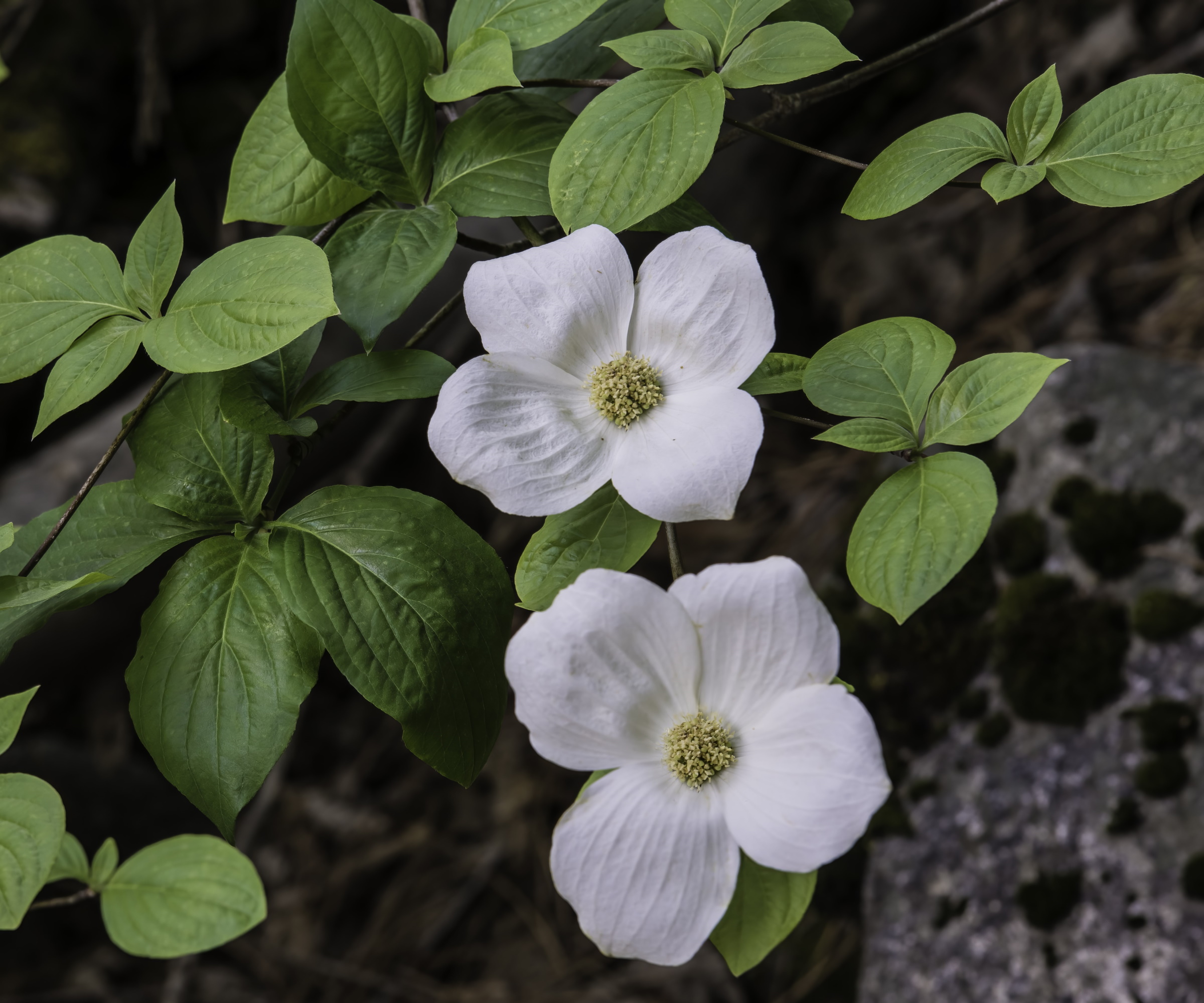
'As long as the cultural requirements, including light, soil and water, are met dogwoods can be grown in pots,' Jacob says. 'As a rule, pot-grown plants will not reach the same size they would in the ground.'
One of the most important aspects of dogwood care and growing in pots is selecting the right container and soil. It is best to opt for a large pot with ample drainage holes. Place broken crocks or stones in the base of the pot to allow for adequate drainage, before using a well-draining potting mix that is rich in organic matter.
Regular watering is essential when growing flowering dogwood trees in pots, especially during the hot summer months when temperatures are high. Ensuring that the container has suitable drainage will prevent waterlogging, which can lead to root rot.
It is recommended that you fertilize dogwood trees during the growing season to promote healthy growth. Regular fertilizing is a good idea for flowering trees grown in pots, as nutrients can quickly be washed away. Fertilize dogwoods in the early spring months, after the last frost but just as new growth is beginning to emerge.
Apply a well-balanced, slightly acidic fertilizer, such as this azalea fertilizer from Nature Hills. It is best to stop feeding plants by late summer or early fall to prevent the plant from producing new growth at this late time in the growing season which will then be damaged by frost.
Finally, it is a good idea to consider winter protection for flowering dogwood trees, particularly when the tree is young or recently planted.
'Some tree roots are more prone to cold damage than others, and being above ground will expose them more,' says Jacob. 'It may be wise to insulate your pot the first few years until you can determine how the plant will respond in your environment.'
Non-flowering dogwoods to grow in pots
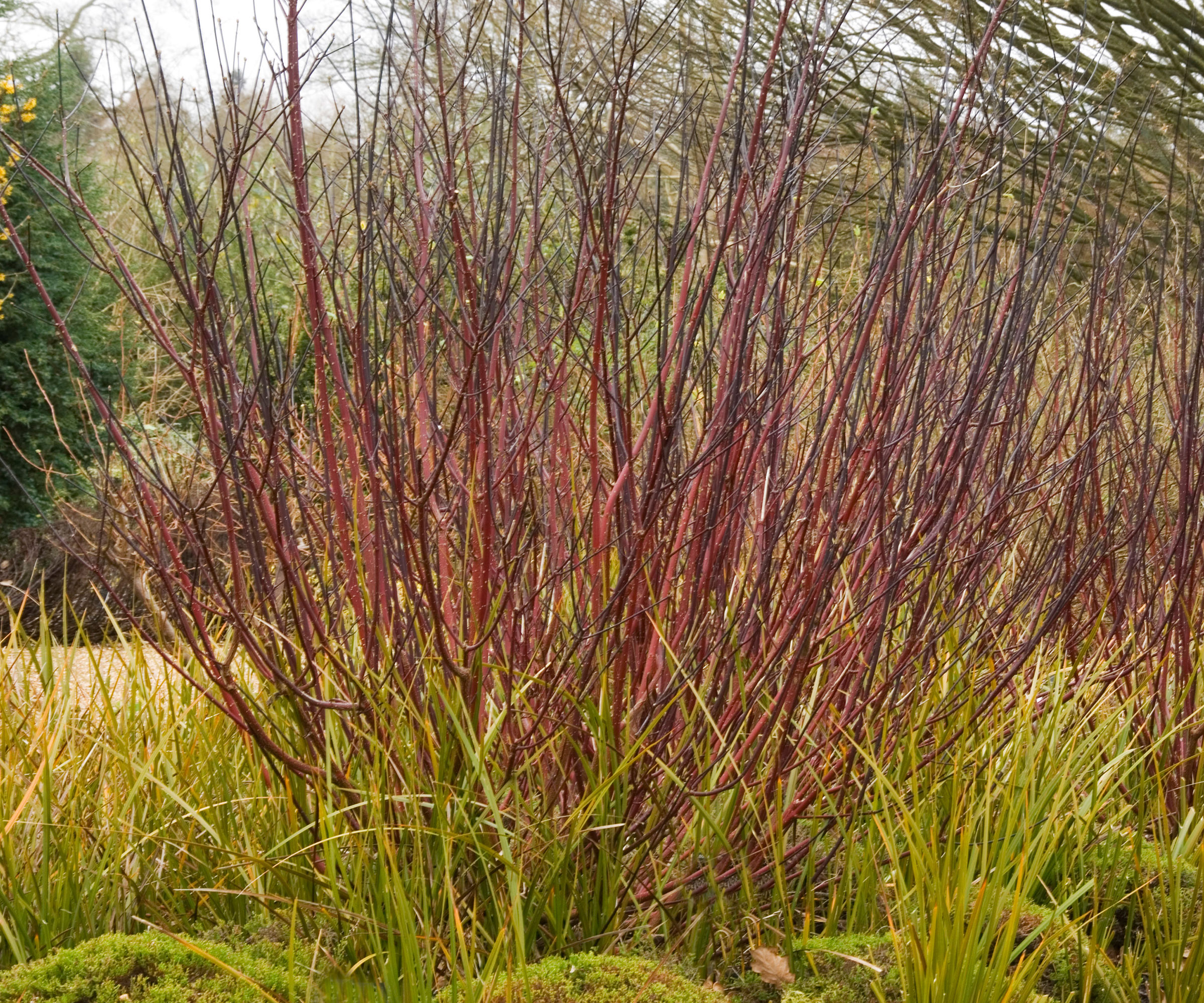
There are also non-flowering dogwood varieties that are suitable for growing in pots. For example, the red osier dogwood, or Cornus sericea has excellent fall color, as seen in the image above, with stems illuminating borders and containers as they glow red or yellow.
'This is a wonderful choice for a smaller space,' Jacob says. 'This dogwood works well as a specimen with smaller planting or groundcover to compliment it.'
This variety, known as the red osier dogwood, available from Nature Hills, can be grown in a large planter, reaching 8 to 10 feet.
FAQs
Should you fertilize dogwoods that are grown in pots?
Yes, dogwood trees that are grown in pots must be fed during the growing season. It is recommended that you fertilize dogwood trees in the early spring months, typically April, after the last frost but just as new growth is beginning to emerge. Use a well-balanced, slightly acidic fertilizer, such as an azalea feed, following the instructions as you apply throughout the spring and summer months.
Planting a dogwood tree in a container is an ideal option for those gardeners with smaller outside spaces, balconies or terraces. While dogwood trees grow best when planted in the ground, by following this general care guide, you will be able to enjoy beautiful blooms and attractive foliage even when grown in a pot.
If you are looking for more inspiration for your pots this year, consider planting some additional white flowering trees and shrubs for pots, adding delicate but delightful blooms to your container displays.







